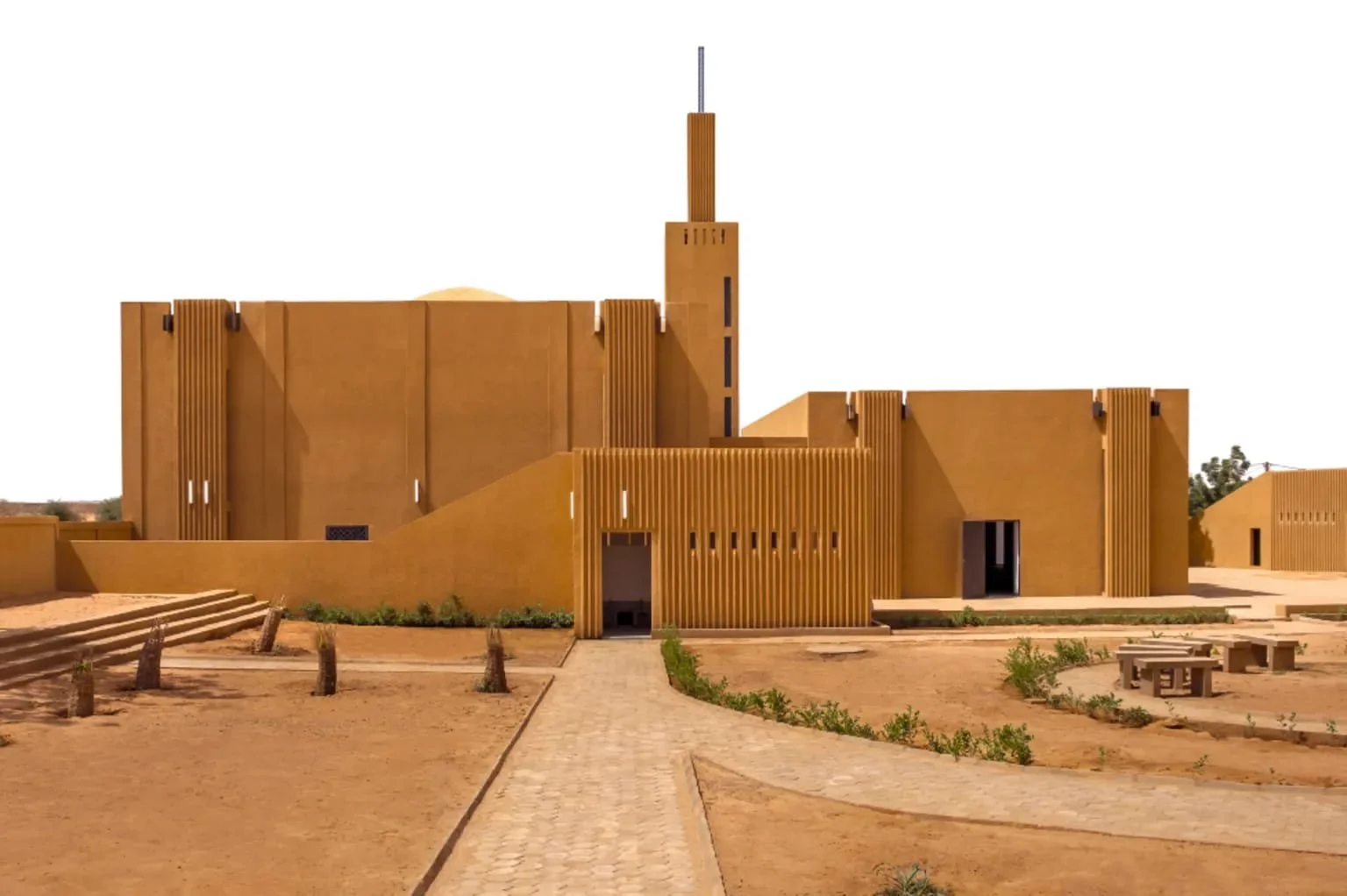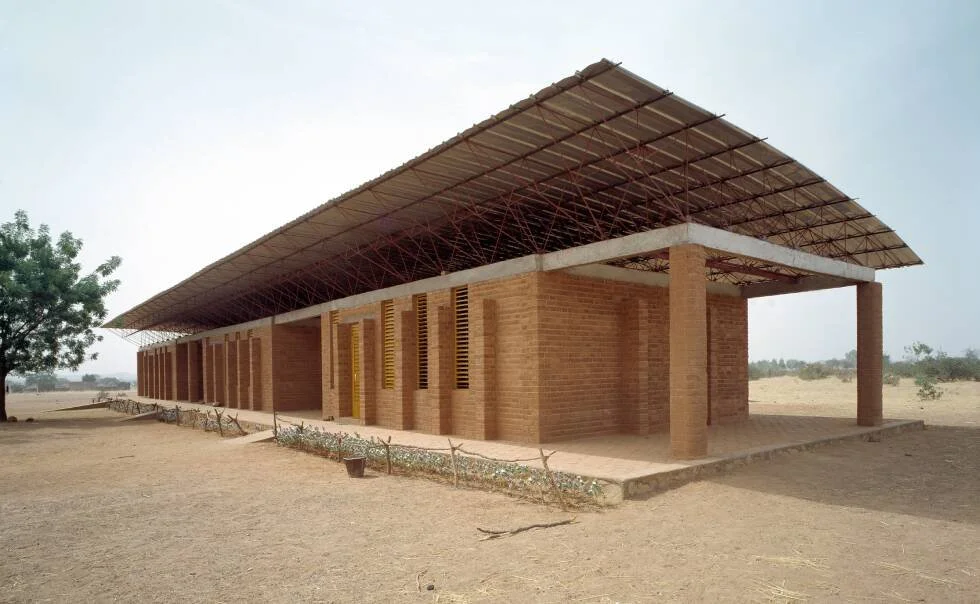Indigenous African Wisdom: The Root of Sustainable Design
Words by Jabea Msola
Indigenous African architecture carries wisdom that remains relevant in today’s climate challenges. From the use of organic materials to energy-efficient structural designs, sustainability was embedded in Africa’s ancient building processes.
The organic and local materials used to construct Indigenous African buildings offered inherent sustainability. Commonly used biodegradable materials like earthbricks (or adobe) and straw both minimised environmental impact and enhanced climate responsiveness. Earthbricks naturally regulate indoor temperatures, keeping spaces cool during the day. Straw also has the same effect, whereby it withholds heat during the day, and slowly releases it as the night cools. Using such materials allowed for temperature regulation without excessive energy consumption. And even today, organic, locally available materials often carry properties that are already well suited for the conditions of the environment.
Beyond the use of organic local materials, Indigenous people and communities in Africa also developed passive cooling methods. For example, high, dome-shaped roofs would cool structures by drawing the heat upwards and away from the rooms below. Additionally, the common round-shaped house allowed for better airflow and had a lower surface area, thus allowing for more effective and long-lasting cooling. These practices are amazing examples of the efficiency of Indigenous African architecture.
Today, across the continent, architects are drawing inspiration and sustainable design practices from this ancient planning wisdom. Francis Kere, an architect from Burkina Faso, is well known for his use of indigenous design materials such as earth bricks in his projects such as the Gando Primary School. “Great design and ecologically thoughtful architecture are not mutually exclusive, but rather can inform each other,” he says. Another example is Nigerian architect, Mariam Kamara, who along with her firm Mariam Isoufou, has incorporated compressed earth blocks, a contemporary take on traditional adobe, and high roofs into her designs to create natural cooling in her structures.
Indigenous African Architecture centers the existing ecology of the environment in its design. Imagine a future, not so far away, where we draw inspiration from the ways Indigenous Africans designed, coexisting with nature even as we inch closer to that sustainable future we’re so hopeful for. Let's learn from what has worked for those who came before us.
HIKMA Community Complex Photo by: James Wang, BBC
Gando Primary School, Photo by Simeon Duchoud, Kere Architecture
About the Author: Jabea Msola is a student at the African Leadership University studying International Business and Trade. She is choosing to study International Business and Trade with the goal of developing long term and practical climate solutions. She is very passionate about protecting the environment, and has a particular interest in studying the traditional ways that African people lived in harmony with nature. Her passion for protecting the environment was evident at a young age as she demonstrated great concern for the well-being of the plants, insects, and animals in her backyard. Jabea has been volunteering as an Associate Coordinator at Sisters in Climate, assisting with virtual events, research, and social media posts.


